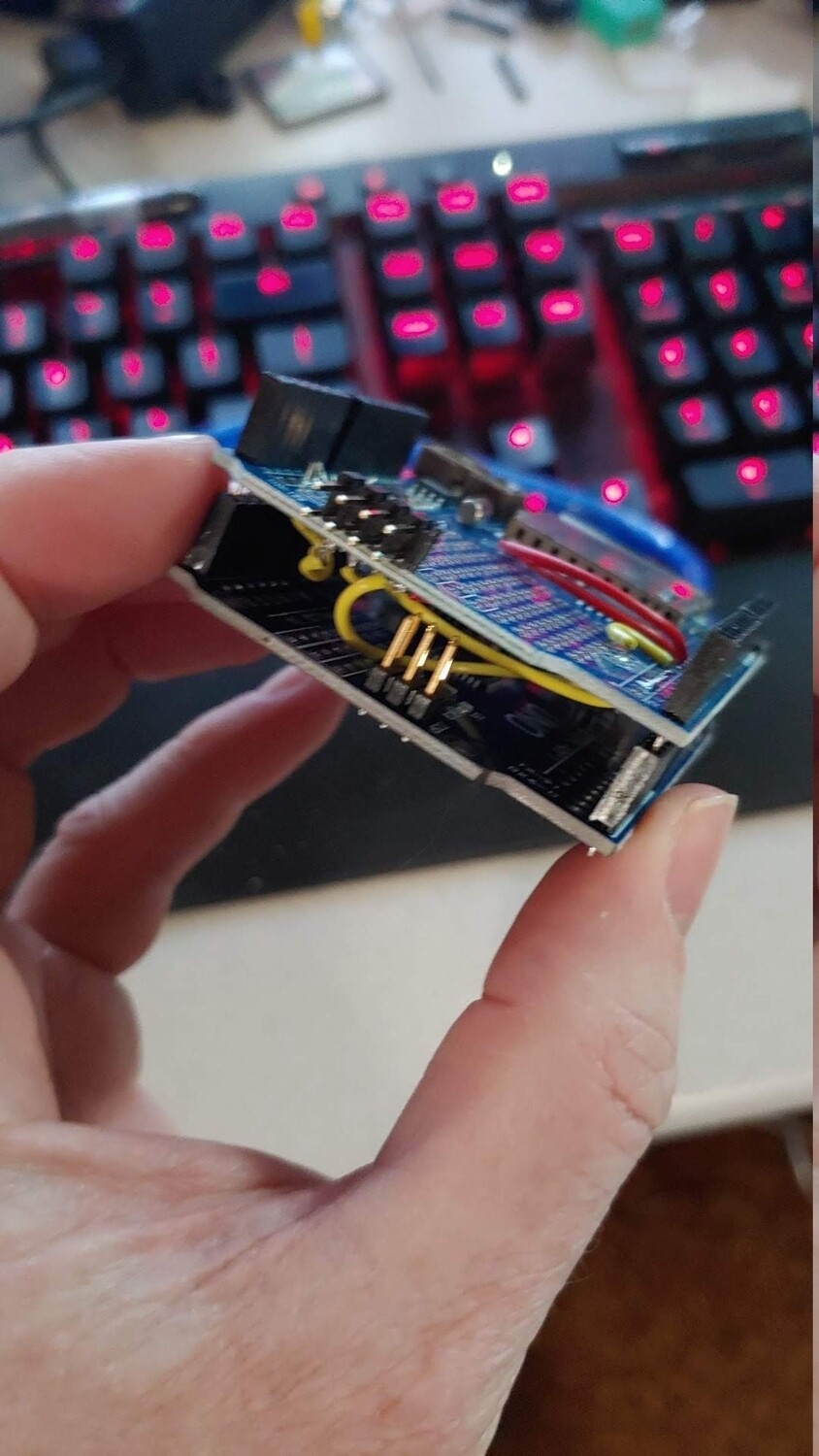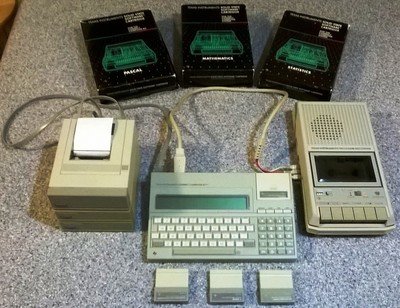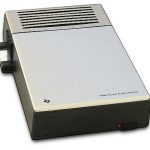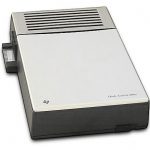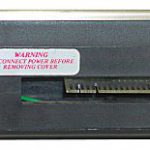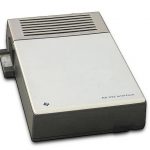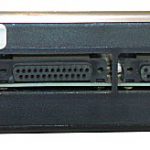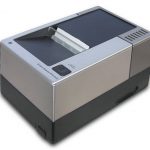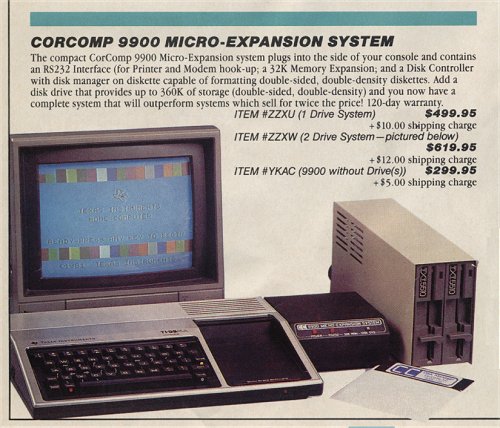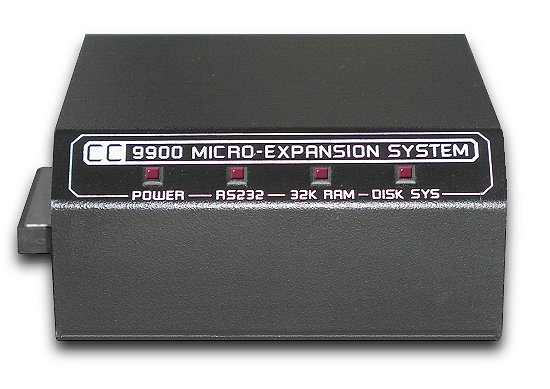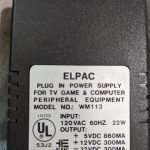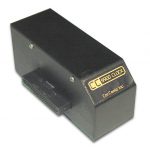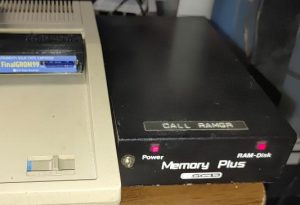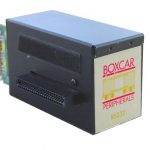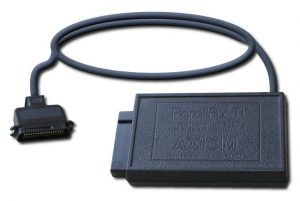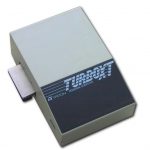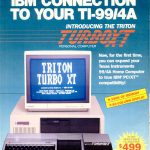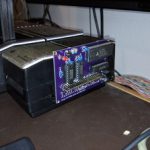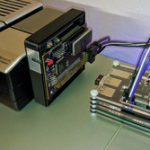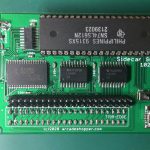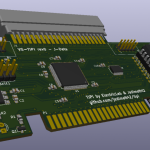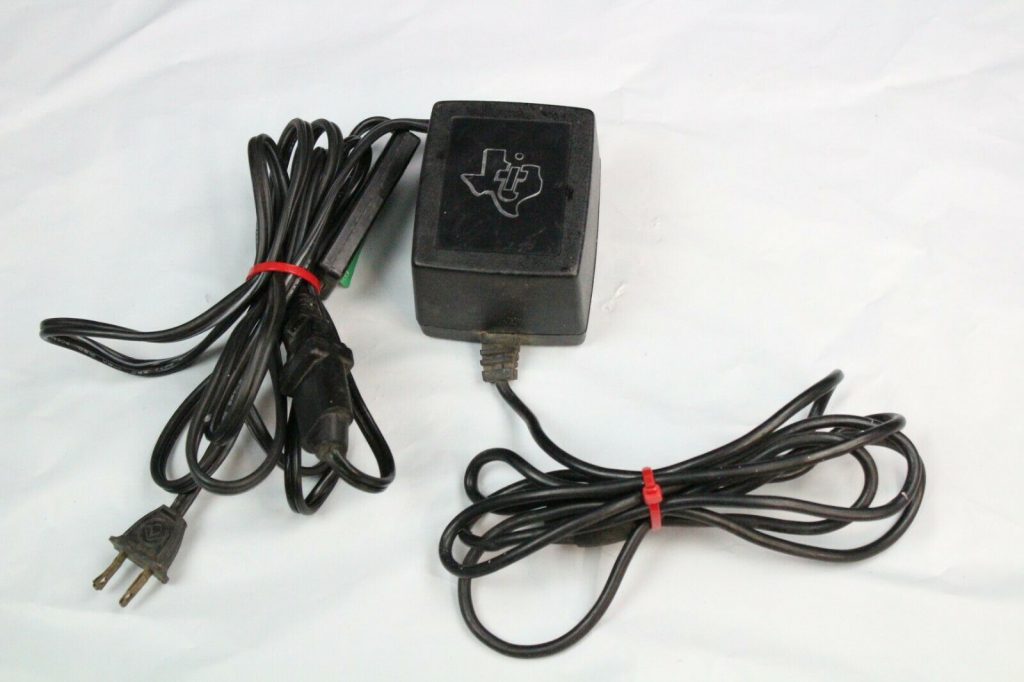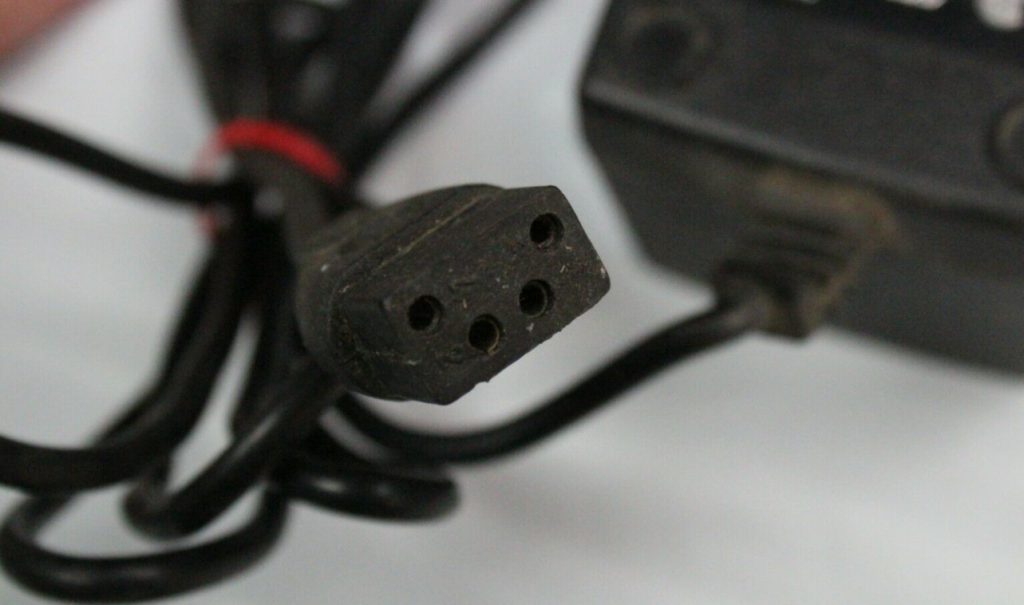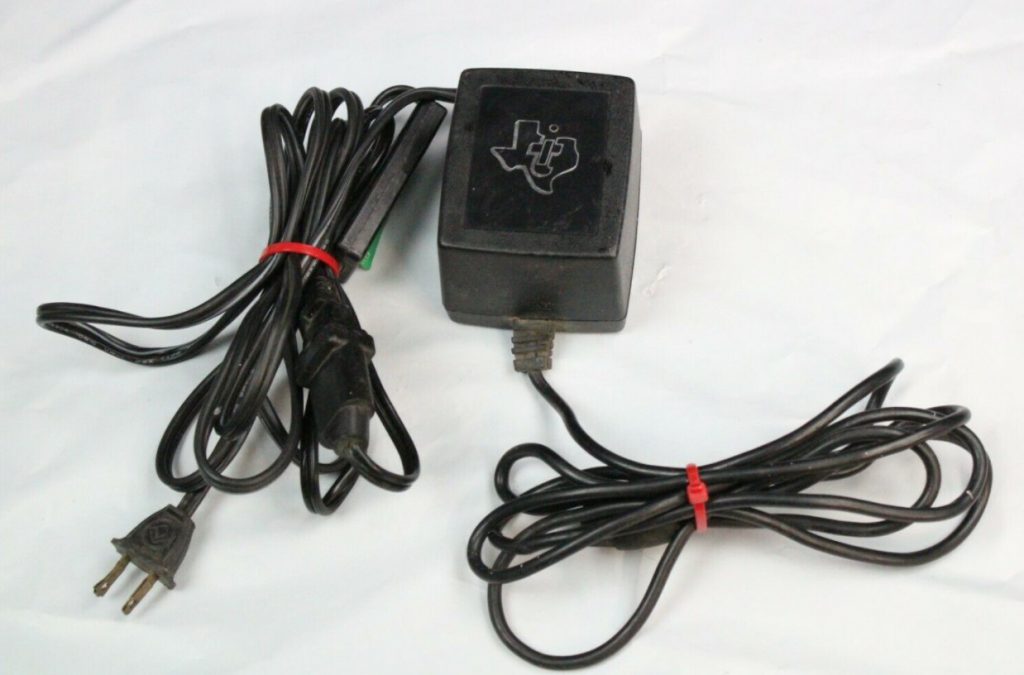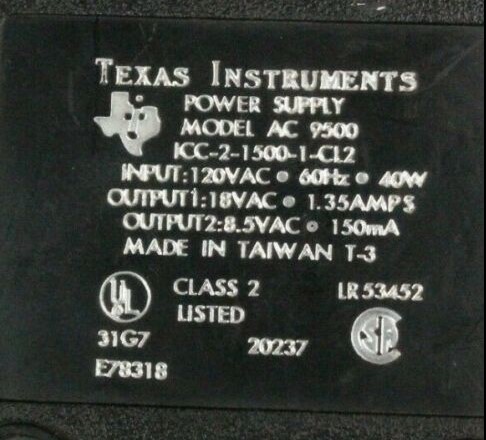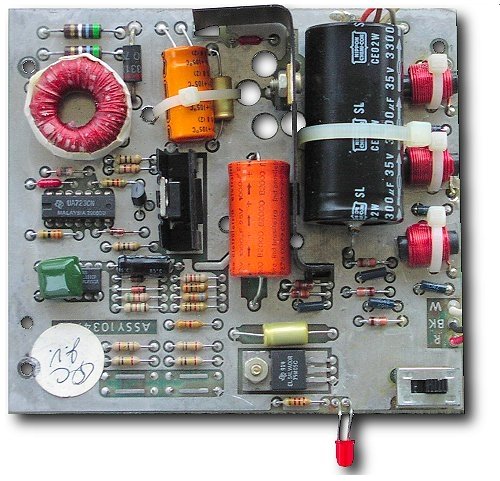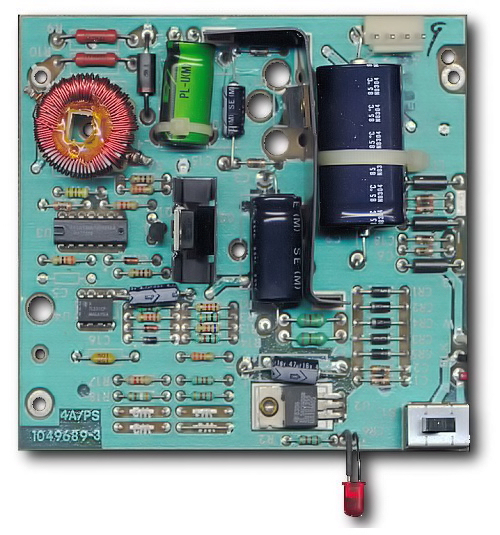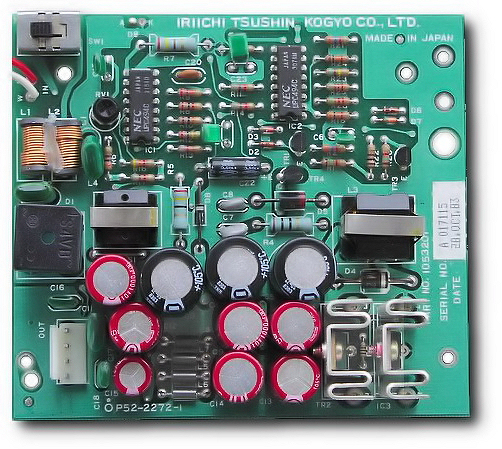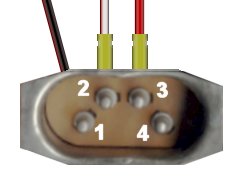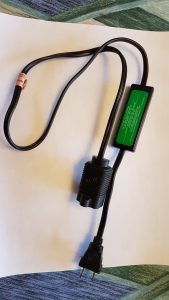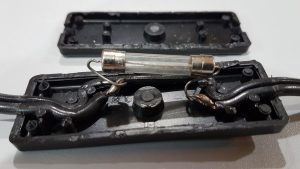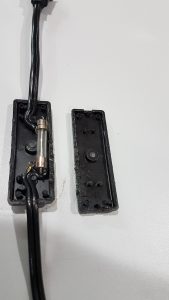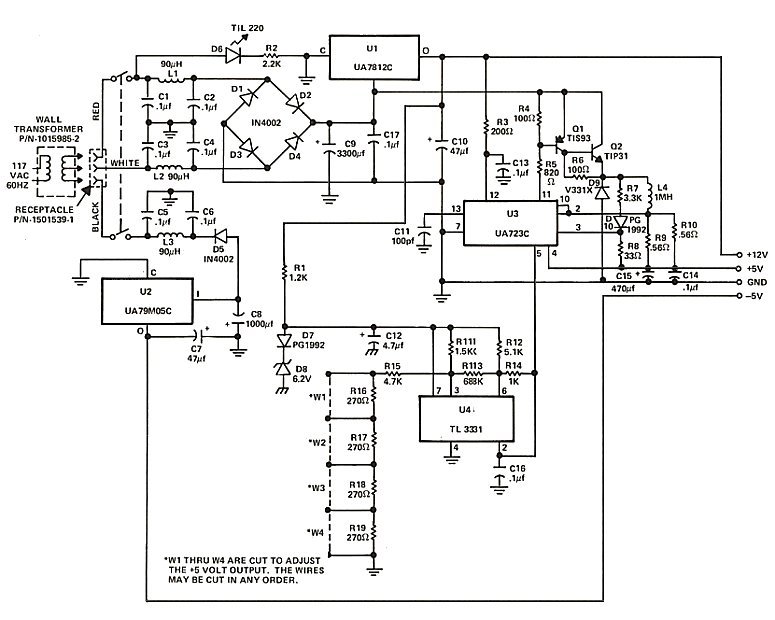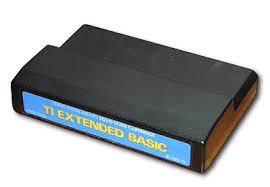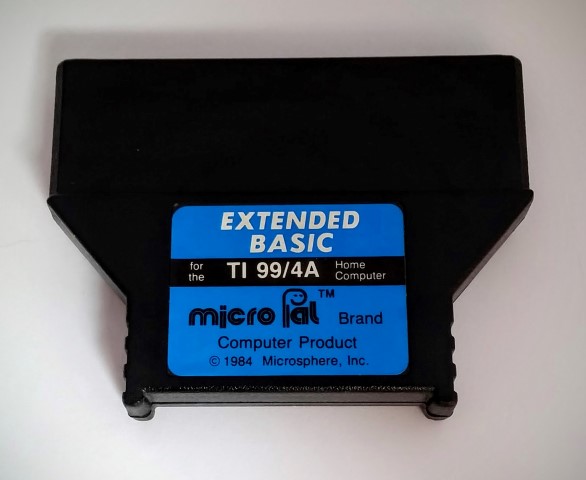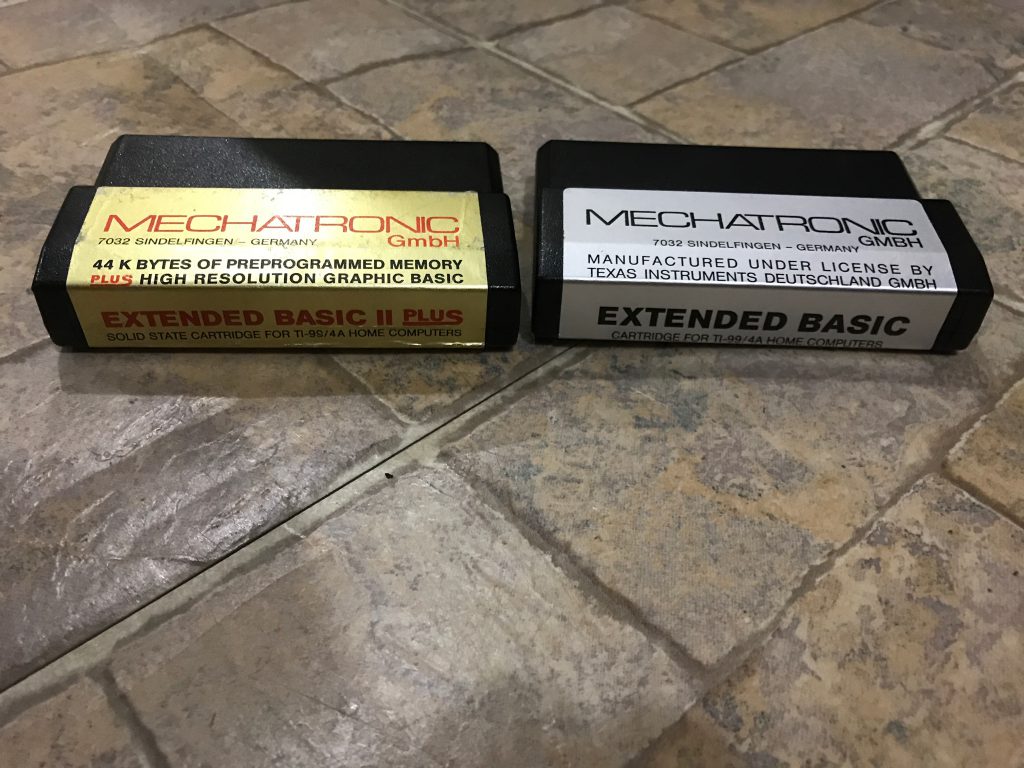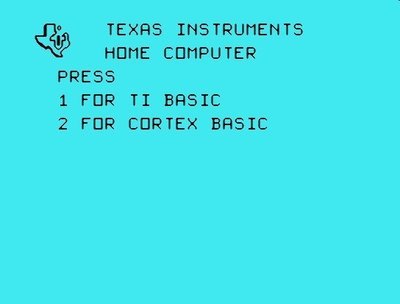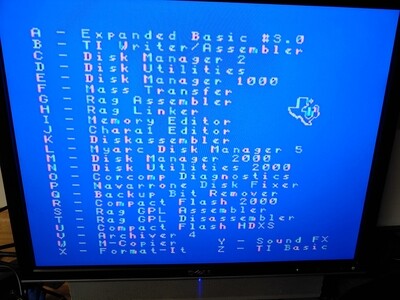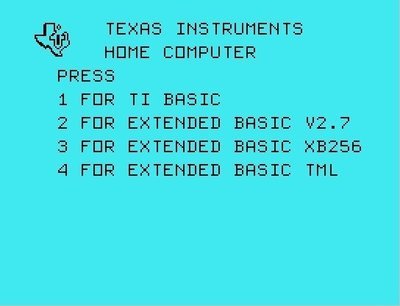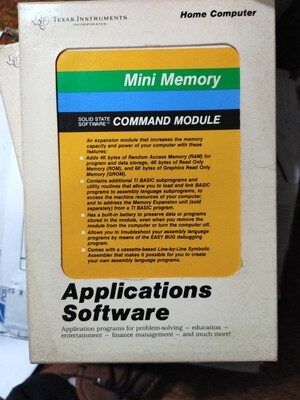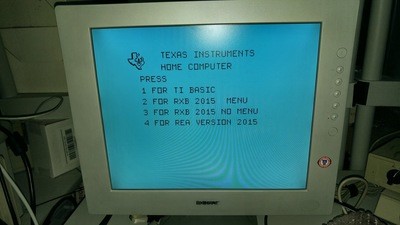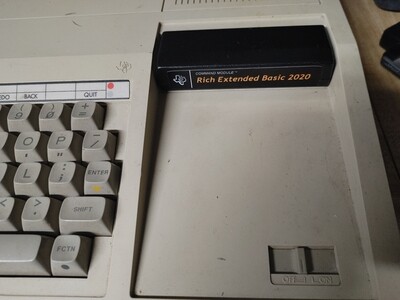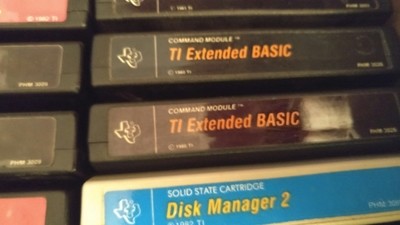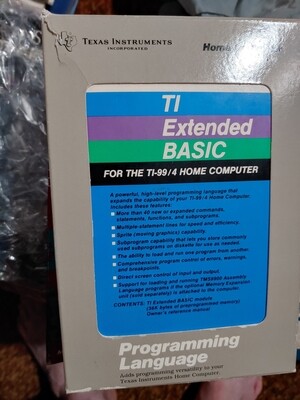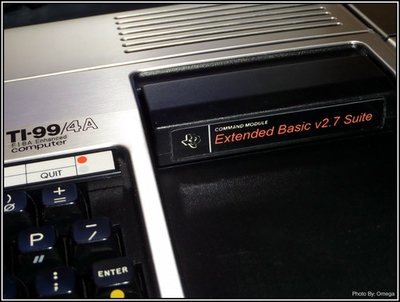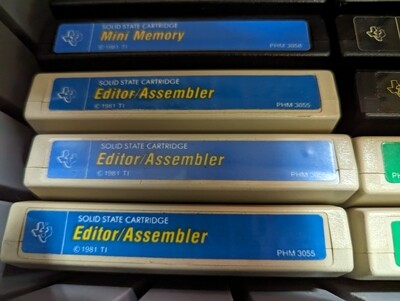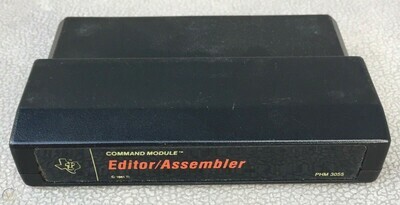The TI-99/4A is the first microcomputer with the Plato educational system first by a cartridge based interpreter with disk based lessons and later with a rs232 based Plato terminal program that connected to the main Plato system via modem.
This modem based terminal was never really available to the public so was basically forgotten about in the TI-99 community.
Then in recent years Thomas Cherryhomes set up a Plato environment and has made it a priority to revive the micro computer terminals for many systems. He got ahold of the original terminal software and posted on the Atariage TI-99/4A forum looking for help testing the original terminal software. I downloaded a copy from him and was able to test it connecting to his irata.online Plato server with a wifi modem. There were some incompatibilities with the terminal and irata so Thomas decided to rewrite the terminal in C using the newly created GCC port for TMS9900 development. He was able to get it together but when testing found that the TI-99/4A rs232 port was unable to handle the data rate requirements so he decided to make the terminal use the telnet protocol over the TIPI device designed and built by Matthew Splett. You can download and use this terminal with an expanded 99-4A with 32k RAM expansion and TIPI
You can connect to https://irata.online ‘s Plato system from your TI-99/4a with TIPI installed with this command: CALL TIPI(“PI.HTTP://TI99.IRATA.ONLINE/PLATO”)
You can connect to https://www.cyber1.org/ ‘s Plato system from your TI-99/4A with TIPI installed with this command: CALL TIPI(“PI.HTTP://ftp.whtech.com/TIPI/PLATOC”)
Note: For those without TIPI hardware, the Classic99 Emulator supports the TIPI networking stack and will work with this, just run the commands above in basic and you will be using Plato in no time.
